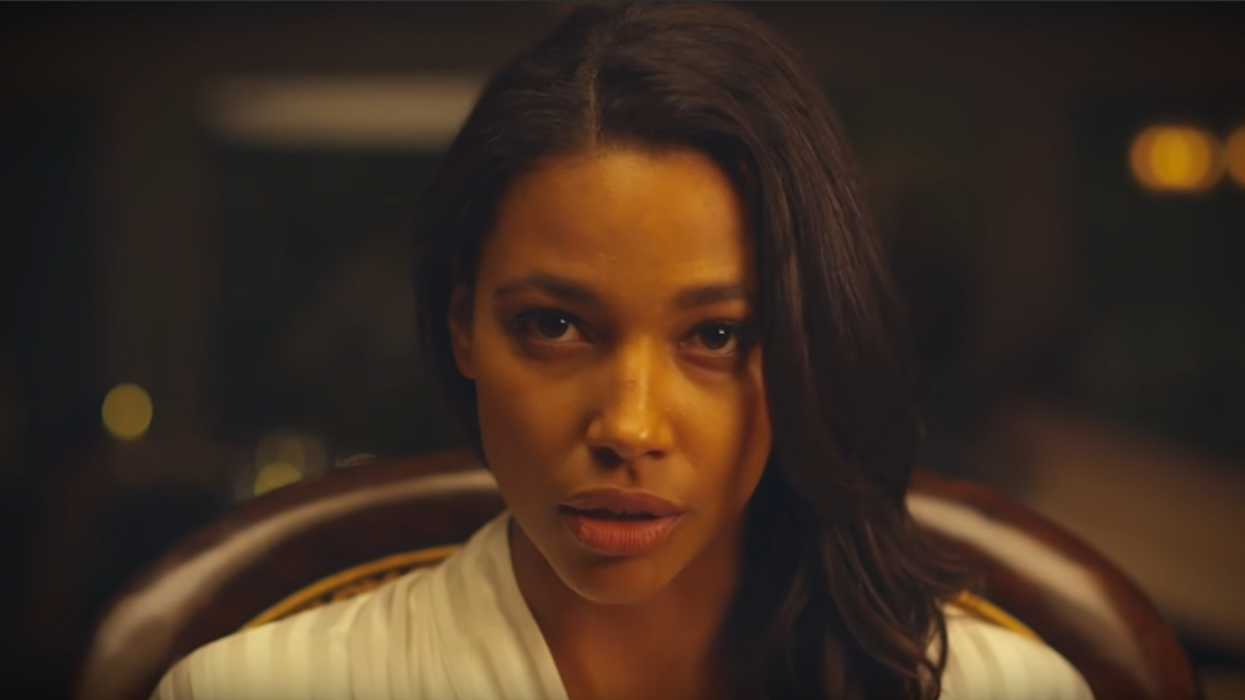How to Use Lighting to Make Actors Look Older or Younger [Video]
Did you know you can age your actors up or down, all through the use of strategic lighting?

A few simple light tricks can soften an actor's face, or make it appear craggy and harsh, changing their entire appearance. A recent video from Aputure features DP Jon Salmon, who tells you how you can achieve those dramatic looks.
Watch their video below.
General tips
Light can be used almost like makeup. If you know how cosmetics work, you can use lighting in similar ways.
For instance, although it may seem counter-intuitive, you can actually use light as a concealer. If an actor has a blemish you want to cover, shine a light right on it, and it will vanish. Similarly, big light sources can act as a "base," and soften an entire face.
Finally, Salmon recommends putting lights close to your subject's eyeline to make it look the most flattering.
Making your actor look older
For a grim, prison/horror scene in which the actor needs to be aged up, Salmon uses an LS-1C as a top light above the subject. He notes it's one of the most unflattering placements for a light source, as it carves out every imperfection on the face.
He also places a small battery-powered F7 light in diffusion in the actor's lap for some underlight. Along with a spotlight pointed at the wall behind the actor, this set-up resulted in a grim, scary scene with a craggy-faced, aged-up actor.

Making your actor look neutral
For this dramatic but more flattering look, Salmon uses two 120D II lights, one bouncing off a beadboard and the other diffused through a dome, as his key lights. Then he fills some of the shadow on the opposite side with a mini 20C LED light. One more additional spotlight fills the haze in the background for depth and drama.
This is a set-up that demonstrates the importance of keeping large light sources at the eyeline of your subject.
Making your actor look younger
The main reminder for this set-up was pointing lights at all imperfections, using lighting like makeup. So any wrinkles, blemishes, or shadows that weren't desired had a light used against them.
The scene starts with a practical set of bright dressing room lights in the background. Salmon then uses a book light to create his first extremely soft light. A book light means a light source is bounced off a surface, and then diffused as it comes off that surface. It looks sourceless and smooth.
He also added a 120D II through a light dome, and a mini 20C to fill in any shadows, as well as an LS-1C pointed from behind to separate the subject from the background.

What's next? Check out our other lighting resources.
We recently tested out Aputure's mini LEDs, with awesome results. Maybe you're just getting started, though -- check out our guide to film lights and lighting techniques every filmmaker should know. When you're ready for a challenge, try out these lighting effects.
Source: Aputure












